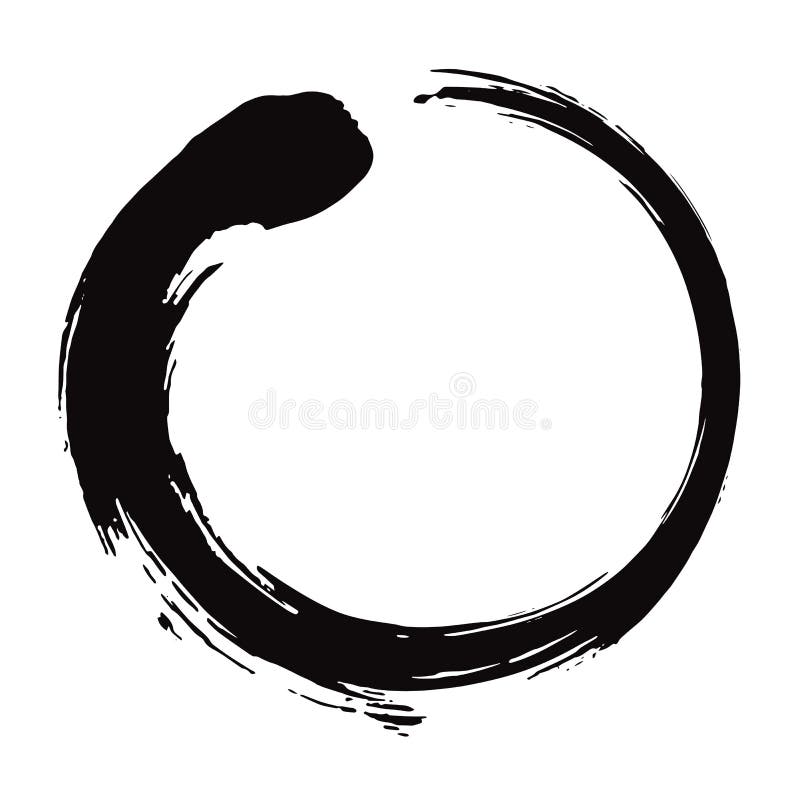


The single brush stroke may be large, painted with a broad vigorous stroke, or it may be narrow and refined.Įnsō suggests to the student to stop striving for perfection and allow the universe to be as it is. The brushed ink of the circle is usually done on silk or rice paper in only one movement, thereby eliminating the possibility of modification. The quality of the brushwork is said to reveal the depth of the master’s enlightenment. There are so many definitions available, that each of us is truly left with the responsibility to select or create our own definition of ensō.Īs a symbol of enlightenment, Zen masters often brush paint an ensō for their student to meditate upon. The ensō is a universal symbol of wholeness and completion “form is void and void is form.” When viewing ensō, one can see that that form and void are interdependent and, in fact, define each other. Through lessons of the impossibility of creating the perfect circle (sans mathematical calculations), we find this much to be true: that the very imperfections and contours that otherwise prevent a perfect circle from being created are exactly what makes the enso beautiful.Įnsō symbolizes many more things including: strength, elegance, the universe, single mindedness, the state of mind of the artist at the moment of creation and the acceptance of imperfection as perfect. The enso is a manifestation of the artist at the moment of creation and the acceptance of our innermost self. While at first glance, the enso symbol appears no more than a misshapen circle. It is traditionally drawn using only one brushstroke as a meditative practice in letting go of the mind and allowing the body to create, as the singular brushstroke allows for no modifications.

Enso (formally spelled ensō) is a sacred symbol in Zen Buddhism meaning circle, or sometimes, circle of togetherness.


 0 kommentar(er)
0 kommentar(er)
